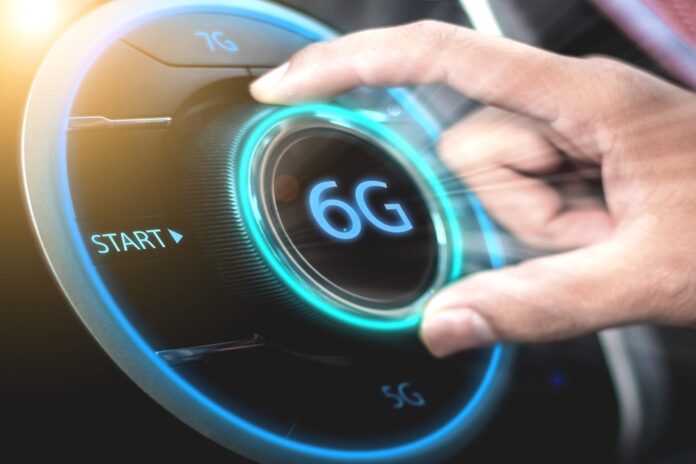Second phase of the European 6G flagship initiative.
Nokia has been announced as the leader of the latest phase of the Hexa-X-II project for making 6G technology an EC flagship. This new phase aims to start work on 1 January 2023 with a planned duration of two and a half years. The Hexa-X partner list will expand to 44 organisations aiming to create a pre-standard prototype that will form the basis for many inputs into future 6G standardisation.
The consortium has stated its aim to tackles three major issues: the environment, inclusion and trust. On the first issue Hexa-X-II will research technologies that contribute to a zero-carbon footprint and limit energy and material consumption. It aims to connect people in developing countries and poor people in rich nations. Finally, trust between society and technology providers needs to be re-established by enforcing data transparency, privacy and security.
Ericsson is the technical manager for Hexa-X-II. Orange, Telecom Italia, German public research universityTU Dresden, the University of Oulu in Finland, microelectronic centre IMEC and French IT vendor Atos will work together on radio evolution, future devices and flexible infrastructure and smart network management. Other less definable goals include ‘values, requirements and ecosystem’.
The Hexa-X-II project has been awarded funding from the European Commission as part of the Smart Network and Services Joint Undertaking (SNS-JU) to unite key industry stakeholders in Europe. The goal of both Hexa-X and Hexa-X-II is to establish Europe as leader in 6G, with a full value chain for future connection systems. Its members include equipment vendors, telcos and the most prominent European communications research institutes.
The digital, physical and human worlds will be far more integrated in the sixth generation of mobile networks, according to Peter Vetter, President of Nokia’s Bell Labs Core Research. “Our goals must reflect this level of integration and inter-dependency. As billions more people and devices get connected, urbanisation intensifies and we strive to manage the limitations on energy and materials, the role of networks and 6G will only deepen,” said Vetter, “it is essential that we keep the larger context in mind as we imagine the new network.”



